It’s a new week of releases and the new edition of Age of Sigmar is the talk of the town. Although Loopy is usually one of our 40k contributors, he’s been diving deep into Age of Sigmar lately and he’s got grand designs for some narrative gaming in this system. This article begins a short series looking at the lore materials made available in the new Core rulebook.
The new edition of Warhammer: Age of Sigmar has transformed the background from a melange of fragmented stories and rumours into a rich tapestry of interconnected facts, locations, and characters.
Cosmology
If you’re unfamiliar with the cosmology of the Age of Sigmar, you aren’t alone. Prior to the new edition, it was a little confusing how it all worked. For my part, it reminds me quite a bit of the Planescape setting by TSR or even the multiverse of the Dark Tower by Stephen King. The universe is described as many different realms, each with their own rules to govern their reality, and they are connected with each other and within themselves via interdimensional conduits called Realmgates.
I wouldn’t say that the cosmology of Age of Sigmar is overly derivative, though. It’s true that there are many fantasy settings which boast a wide multiverse of disparate realms, but each adjudicates it in their own way. The Eight Mortal Realms are no exception.
Each of the Eight Mortal Realms is a nearly endless slab of crystallized reality suspended in the miasma of the Aetheric Void. The center of each realm is like an anchor where reality is solid. At realm’s edge, the land is tenuous and barely crystallized. The major realms are orbited by other minor realms, some similar and some with their own rules. In this way, the cosmology of the Eight Mortal Realms has been set up in such a way as to give players an opportunity to develop whatever kinds of stories they desire.
We’ll go into more detail on each of the realms in the next article.
History
The histories of the Eight Mortal Realms are well-documented throughout the Core Rulebook. Of course, each Age is detailed in their own relative sections. Then each specific Realm and Faction is detailed with specific events which pertain to their idiom.
The World that Was
The narrative and origins of the Age of Sigmar have been expanded in some ways and while other things have been largely removed. It is clear that the World that Was is now considered a pre-history in nature. There are few alive who can recall the End Times and the ages that preceded it. The focus with this game has been to develop a whole new universe of possibilities without decades of narrative baggage. This is to be expected.
It behooves us to focus on the new lore and its impact on our ongoing narratives. Of course, you’re welcome to refer to the “before before” times in your narratives as the pertain to the modern era. You’re also welcome to explore this era in your games if they are familiar to you. I just want to offer a word of warning that not all players will know this storyline.
Age of Myth
The Age of Myth represents the early days of the reformation of reality. It is a time when Sigmar, the God King, led humanity out of barbarism and into an age of insight and great works. Sigmar and his people tamed the Mortal Realms, formed powerful alliances, and wrought mighty cities through incredible feats of science and magic.
It is well worth your effort to read through the section on the Age of Myth to add texture to your narratives. You could even play some games in this Age as a way to add foreshadowing to your modern narrative. The Age of Myth is especially great for stories that focus on discovery and building.
The Age of Chaos
The Age of Chaos was a time of upheaval and strife. In the Age of Sigmar, as in the Warhammer 40,000 universe, the prosperity of mankind and their ilk are breeding grounds for the corruption of the Ruinous Powers. As such, as time went on, delicate yet insidious cracks appeared in the societies of the Mortal Realms. Alliances were fractured. Great cities fell. Open war broke out throughout all of creation, forcing Sigmar to retreat to his realm of the High Azyr and regroup. For a long time, Chaos reigned.
The Age of Chaos is a tumultuous time which is ripe for expansion in your narratives. If you want to play an enormous game with hundreds of models clashing over the parched lands of Aqshy, the events of the Age of Chaos might be a good choice for your narrative.
The Age of Sigmar
Then, in what is called the Age of Sigmar, that time’s namesake retunred with an army of ancient heroes reforged as exemplars of martial strength known as the Stormcast Eternals. With these new battle hosts in hand and alliances reforged, Sigmar returned to the Eight Mortal Realms and reclaimed much of what was lost. This time is referred to as the Realmgate Wars.
Now, the Eight Mortal Realms have been returned to some semblance of order, but it is tenuous. Chaos still has a major influence over reality, but the forces of Order and Destruction boast mighty bulwarks against the madness. Mortals have, once again, begun to settle in lands they once knew. Of course, with the establishment of civilisation comes, once again, the taint of Chaos.
Also, Nagash (the god of death) has been quite put out by Sigmar and others like him cheating him out of souls. With groups such as the Stormcast Eternals, the Daughters of Khaine, and the Idoneth Deepkin all denying Nagash the souls owed him, it’s no small wonder why his ire has been raised.
What Are We Fighting For?
It is important to consider your overall objectives in a narrative miniatures wargame. I know I beat this drum a lot, but motivation is key when crafting a believable narrative.
Realmgates
Of course, one of the obvious resources that armies make war over in the Age of Sigmar are the Realmgates. Each realm is colossal. It would take years to cross from one side of a realm to the other. Some Realms are so fragmented or strange that it is actually impossible to traverse them by mudane means. Of course, travel between the realms is all but impossible without Realmgates, particularly for massive armies. For this reason, a Realmgate is often the center of commerce and defense in a region and sometimes cities exist on both sides of a Realmgate, creating two defensive fronts, each distinctly different from the other.
Territory
Not all important locations are centered on realmgates. Whether by happenstance or by design, there are important locations which must be defended throughout the Mortal Realms. Some cities are focused on mines or trade routes. Others are built to take advantage of defensible positions. Other cities were resurrected from the bones of those built for mysterious reasons in the Age of Myth.
Whatever the case, the nature of the locales in Age of Sigmar are limited only by your imagination and our terrain collection. We’ll talk about the Realms more in a future article, but if you can imagine it, there is no battlefield that cannot be purposed (or at leasr repurposed) for use in an Age of Sigmar narrative.
Magical Substances
There are many exotic substances which are unique to the Age of Sigmar universe. Any of these could be the focus of not only a single game but an entire campaign.
- Aetherquartz: This material contains the harnessed light of Hyish itself.
- Aether-gold: A rich, lighter-than-air power source used mainly by the Kharadron Overlords.
- Realmstone: Fragments of reality with the innate power of creation. Realmstones posess great power and this power is aligned with the realm from which that they’re harvested.
- Grave Sand: The Realmstone of Shyish, the land of the dead. It has many uses in rituals, artefacts, and construction. It is said that each grain of sand has some connection to an event in the life of a person or even a prominent place or thing. In essence, when the sands of the hourglass of your life fall, it is in Shyish that they land.
- Ur-gold: Shards of the god, Grimnir who perished fighting the fire drake, Vulcatrix. This substance is forged into runes used mainly by the Fyreslayers.
- Shadeglass: This material is also from the land of Shyish and can be used to lock your soul to reality, thus extending your lifespan indefinitely. The city that developed this substance, Shadespire, was cursed by Nagash who saw Shadeglass as an affront to his domain.
- Warpstone: This malignant substance is said to be solidified Chaos. It is used by the Skaven and other Chaos sects. It is very dangerous.
Caches of each substance could have any number of strange and fun in-game effects that you can use to spice up your games.
Favour
The Mortal Realms are home to many powerful beings and their attention is often pulled in many different directions at once. Chaos is everywhere. The forces of Death are in resurgence. Great leaders throughout the Realms have a lot on their plate. Sometimes it takes a lot to raise their interest much less curry their favour.
This is the kind of objective which is best used as a stepping stone in your narrative and could be a short campaign in and of itself. For example, if you’re playing a Stormcast Eternals army and they are facing a terrible Nurgle infestation at a mortal outpost in Ghur, the Realm of Beasts. It might be fun to say that Alarielle has some experience facing the Great Unclean One that is leading the forces arrayed against you, but the flighty Sylvaneth have other things on their mind and the only way to get her attention is to help her complete whatever task has her current focus. You could end up playing an entire three-game narrative based on that tangent alone.
Materials
The Realmgate Wars are detailed in a series of books by the same name which are still available for purchase and include new battleplans and warscrolls.
Malign Portents is the most recent Narrative Play effort for Age of Sigmar by Games Workshop and details the events of Nagash’s attempt to assert dominance over the Mortal Realms, or at least take what is rightfully his.
The Core Rulebook itself contains two examples of Narrative games set in the Age of Sigmar: The War in the Glymmsforge Catacombs and the Quest for Ghal Maraz. Each rule for these scenarios is depicted within each narrative point the author is trying to make. This is an important point.
When building your narrative scenarios, try not to force your story to fit a rule you want to use. Instead, sketch out a bulletted list on narrative points you’re trying to make and make the scenario rules fit that story. If you have a fun rule you want to try out and it doesn’t fit this narrative, just make note of it for future use. Soon, you’ll have a huge catalogue of fun and flavorful rules at your disposal.
Small Bites and Baby Steps
The new Age of Sigmar rulebook has a great deal of lore bound into its pages. My suggestion on preparing for your first narrative is as follows:
- Read the Lore sections on the ages of the Mortal realms and take a few notes.
- Skip ahead and read the section on the faction you want to use in your first narrative. You can also check out the Age of Sigmar website section on the different factions.
- Armed with that lore, decide on which realm will be featured in your narrative. Read the section for that realm, taking a few notes as you go. I am certain that an event or location will jump off the page at you as you go through that lore. Of course, you’ll want to pick something that you’ll be able to involve your favourite opponent in.
- Craft a 3-game narrative based on that piece of the lore. Be sure to keep your opponent in mind when crafting this narrative. Make sure it’s fun for both of you.
I think you’ll find this method will be a good way to start you off. It doesn’t have to be perfect. Just dive in and have a great time. Just remember one of the most important rules of playing narrative games: if the rules get in the way of having fun or telling a great story, break them.
So Much More
We have a lot more to discuss. Of course, it’s very early in the life of this game and it deserves a much more in-depth delve than we’re doing here, but I feel like this is a good overview for those of you who might be on the fence about Age of Sigmar. What we are going to do is continue this series with a few more articles:
Age of Sigmar Narrative Gaming – Realms of Battle focuses on playing in each of the different Mortal Realms. We specifically talk about the rules for each of these locales.
Age of Sigmar Narrative Gaming – Assembling a Bespoke Campaign discusses how to create a campaign using the tools provided for the new Age of Sigmar.
Also, please be sure to check out the Masters of the Forge. We’re the podcast that brings the rich lore of Warhammer 40,000 to life on your tabletop.
And remember, Frontline Gaming sells gaming products at a discount, every day in their webcart!

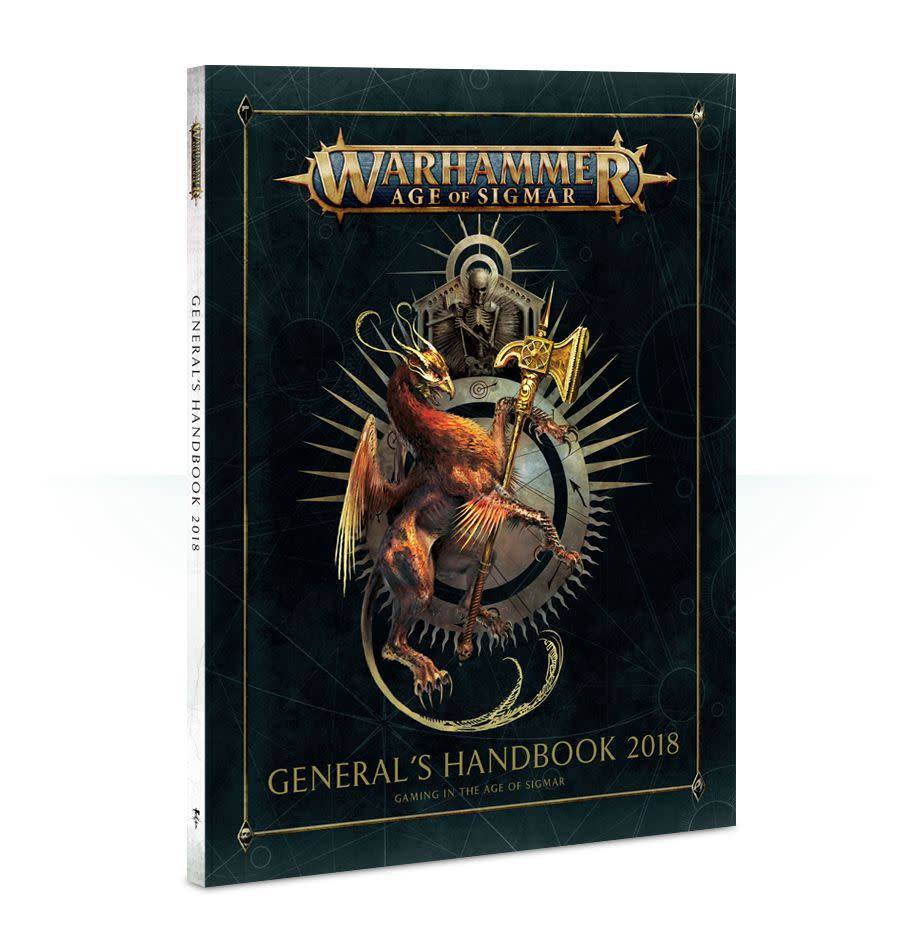
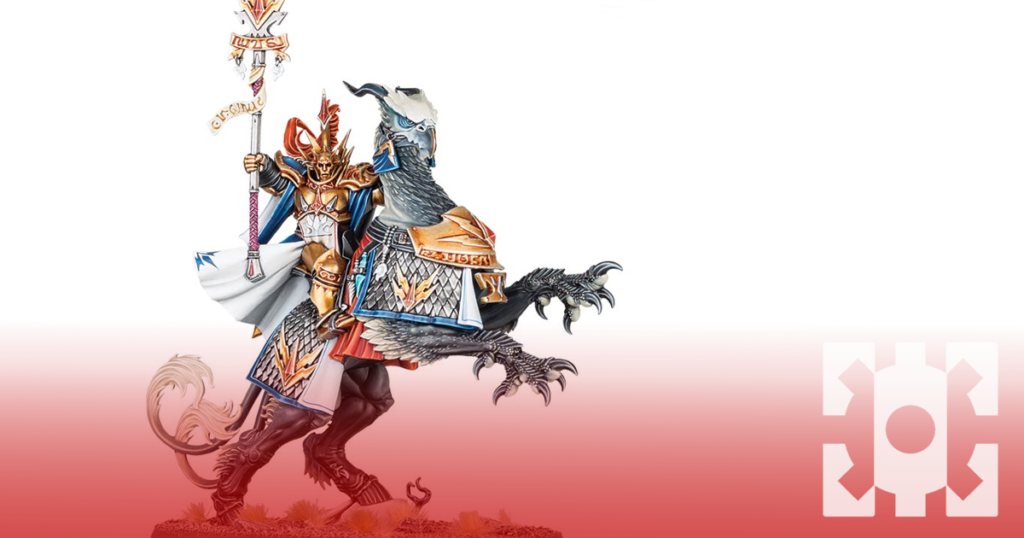
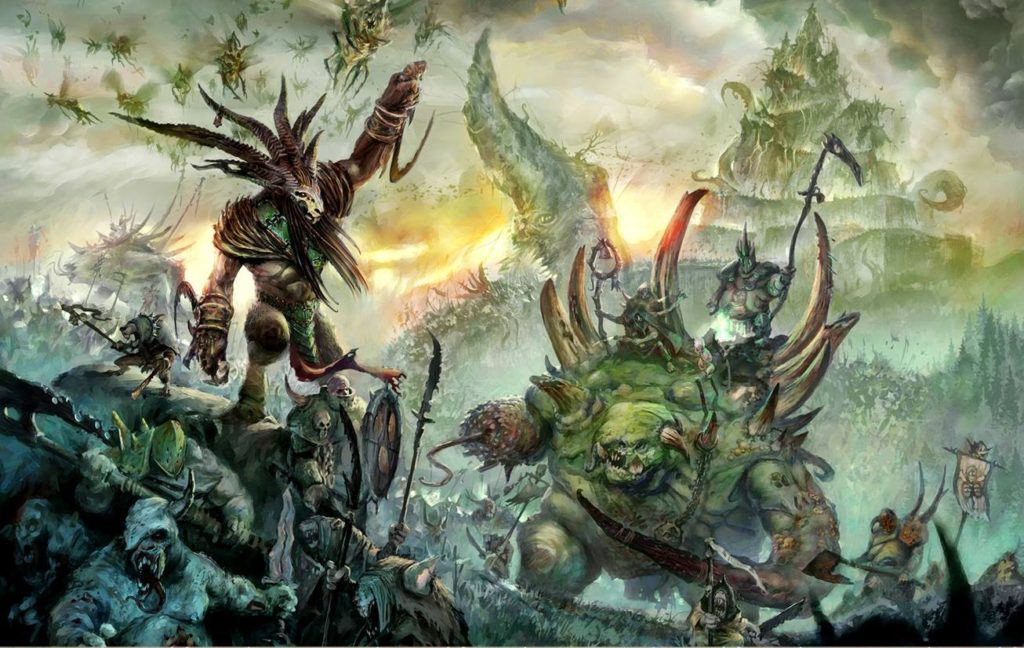
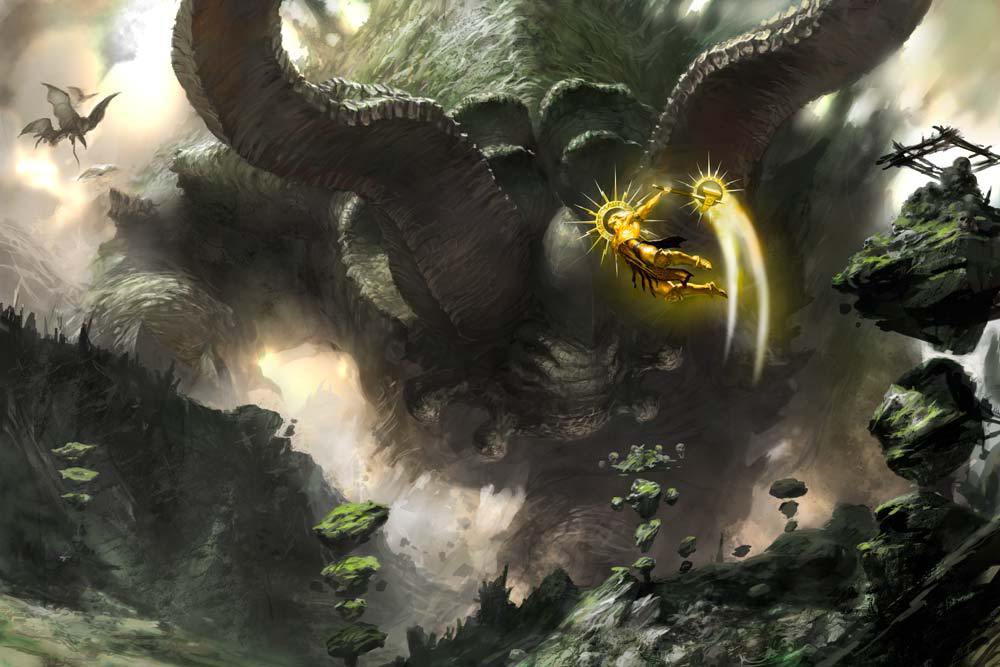
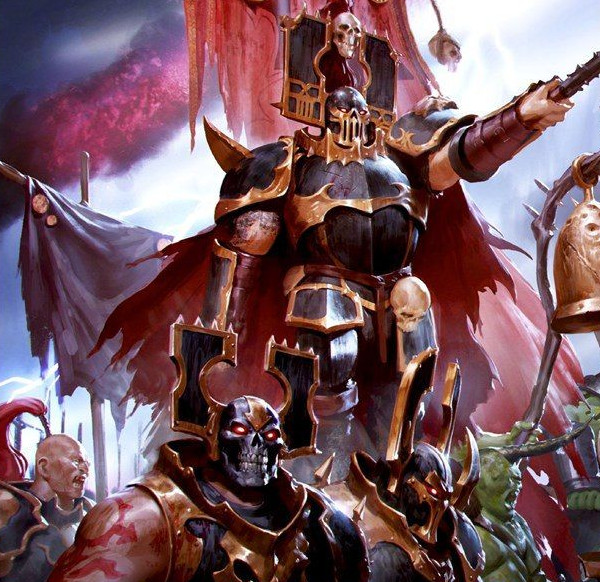
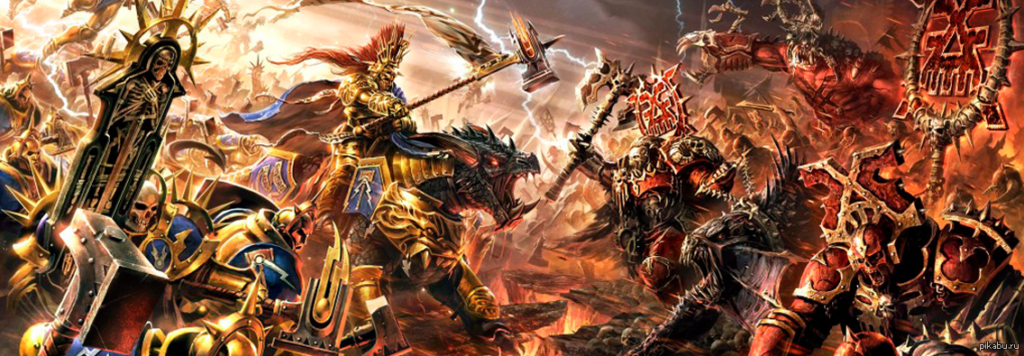
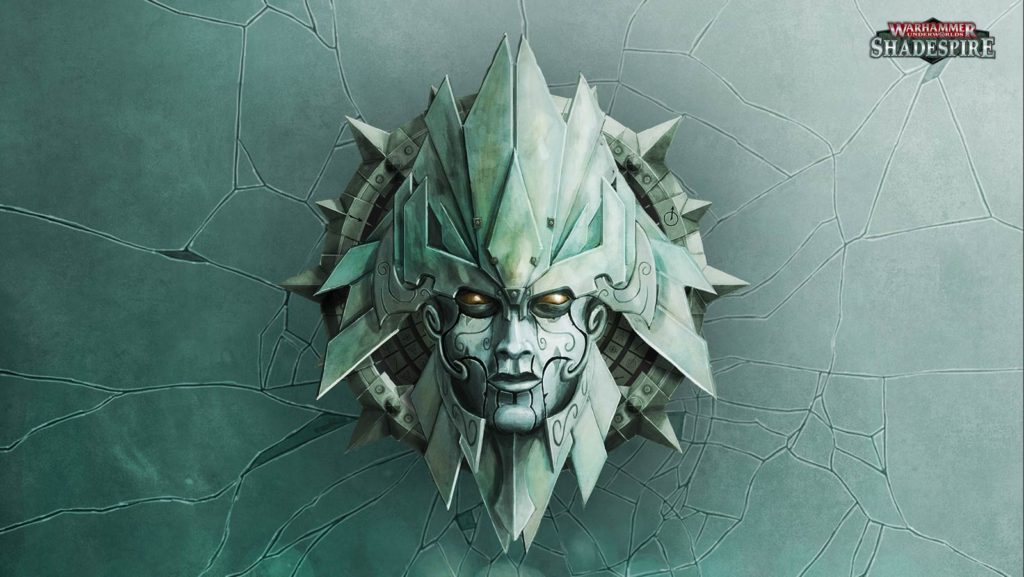
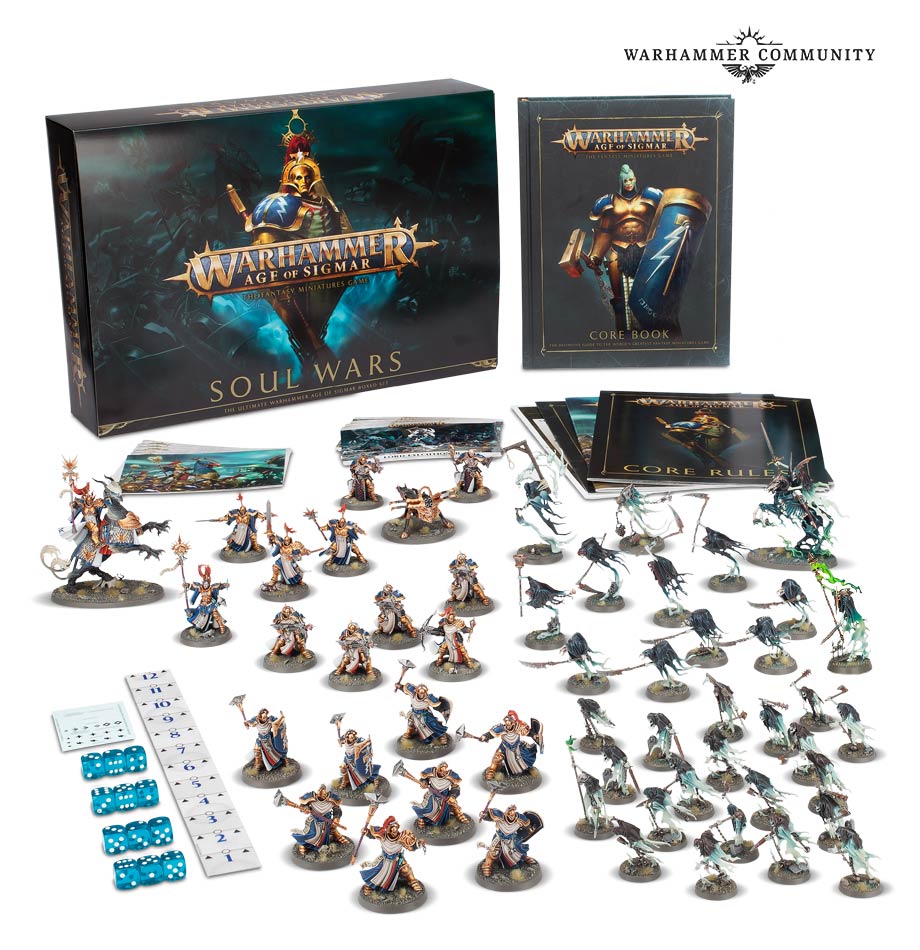
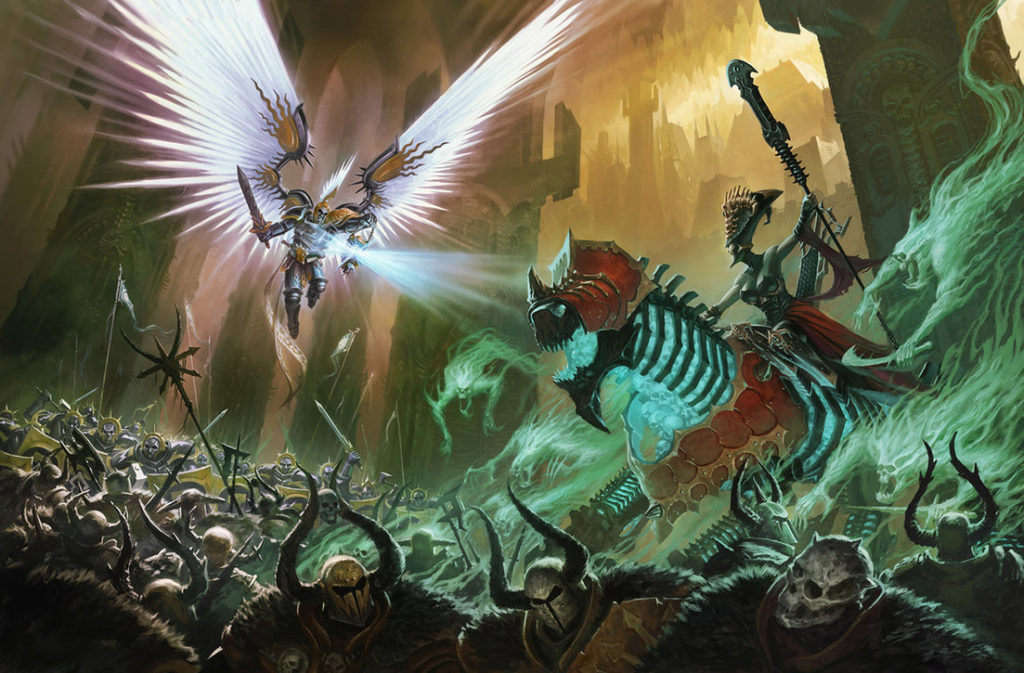
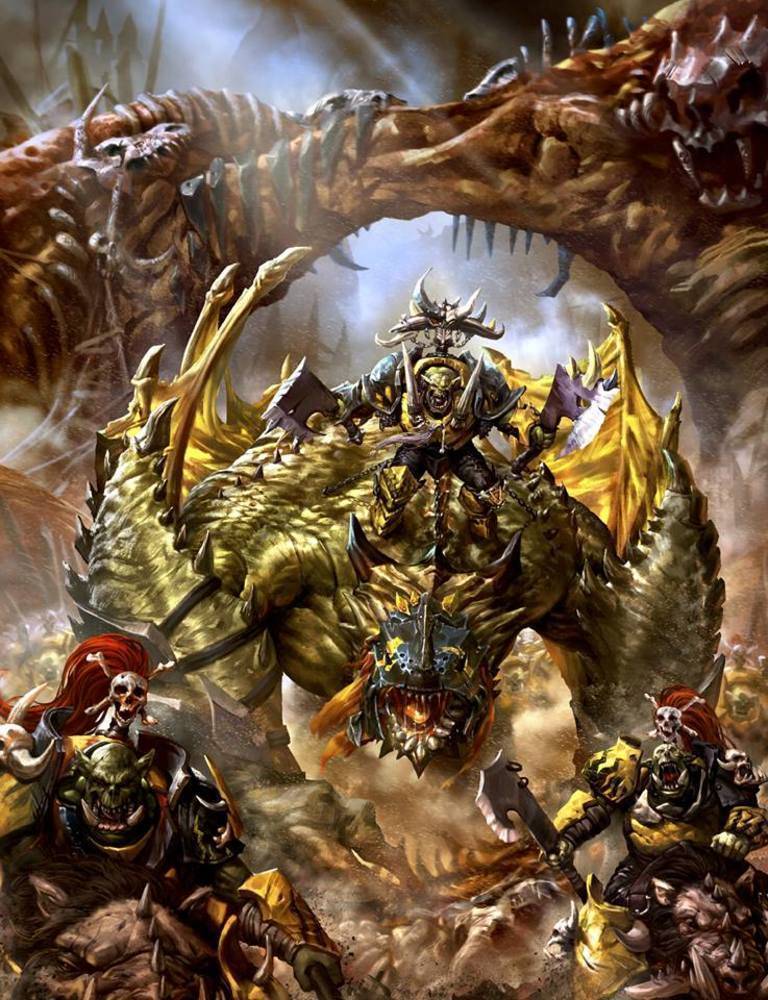


Great article, Loopy! AoS really is a game that lends itself well to narrative play. That is one of my favorite ways to play 40k, too, just hard to find time sometimes but write-ups like this one help a lot to get the creative juices flowing.